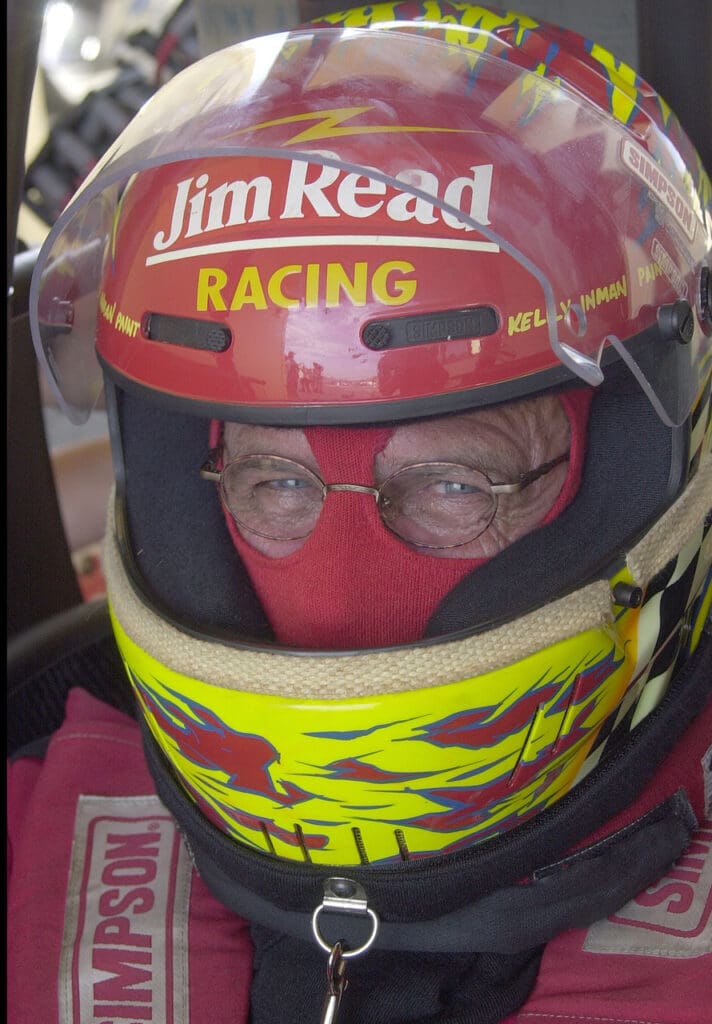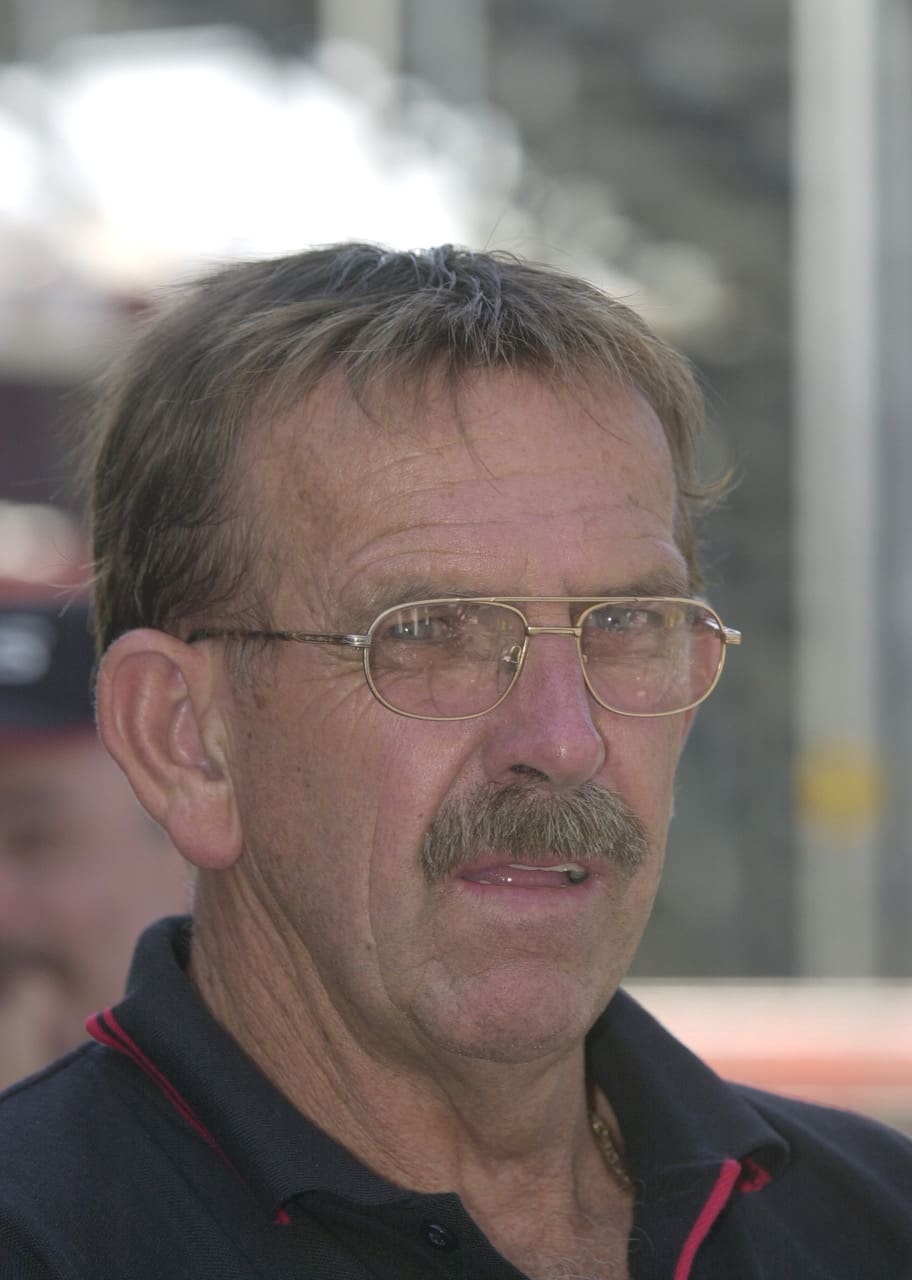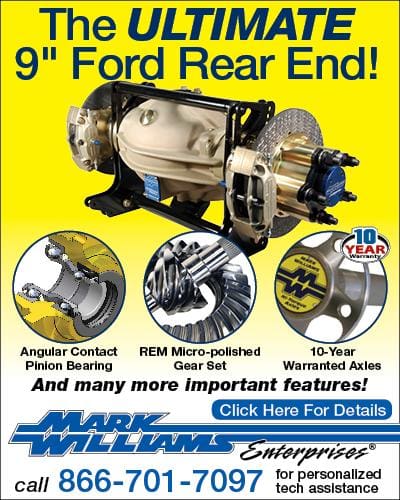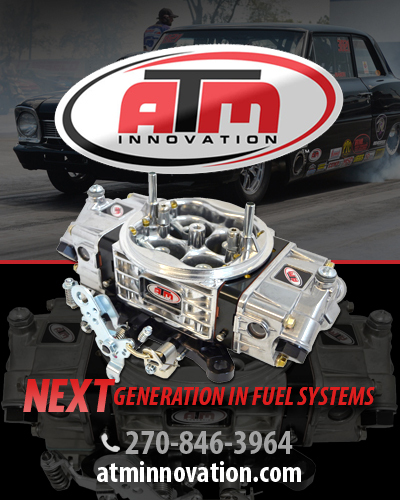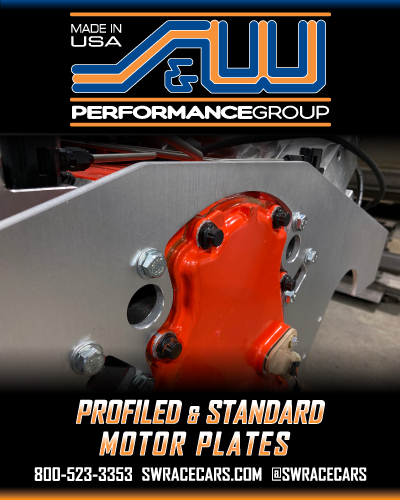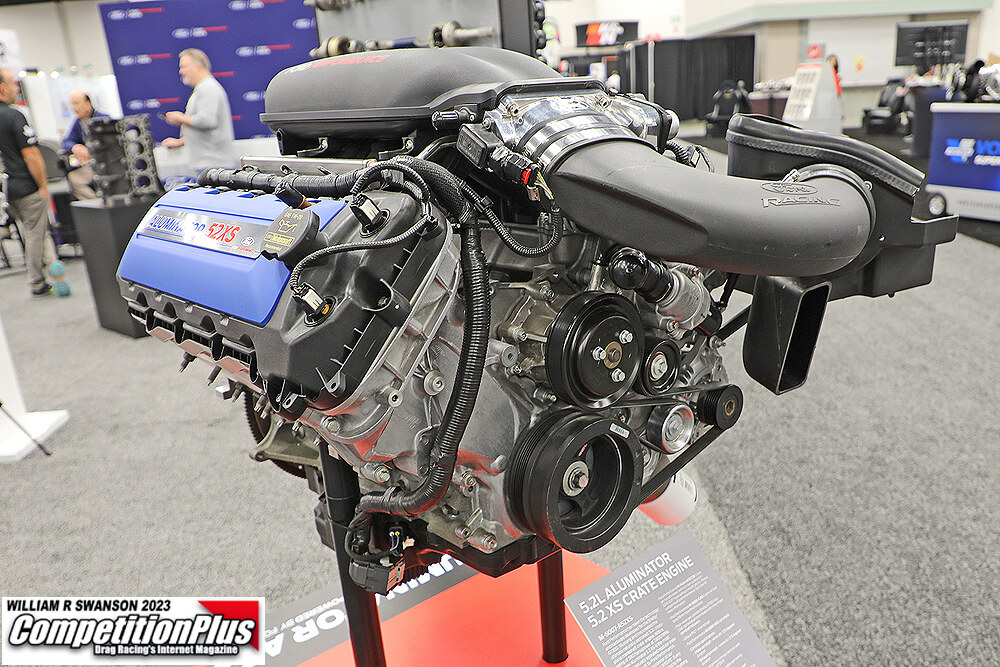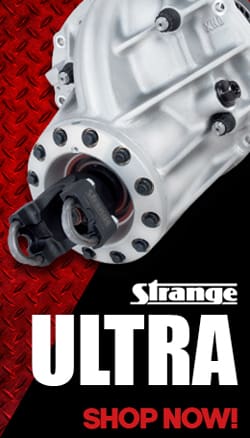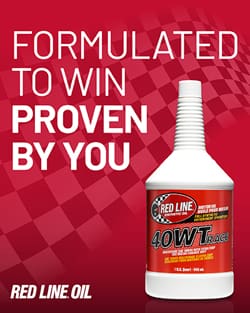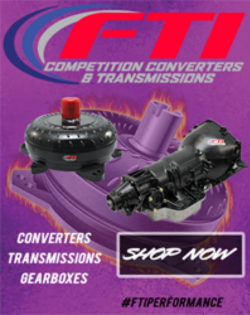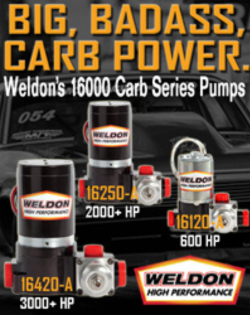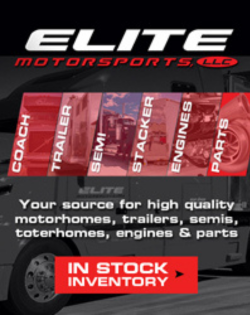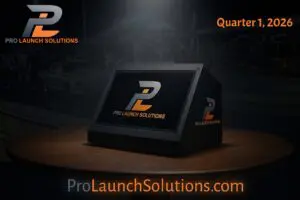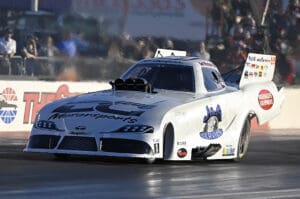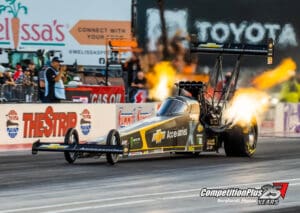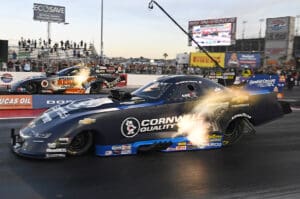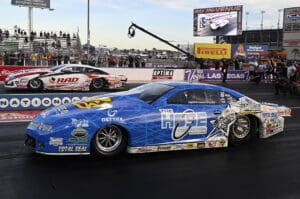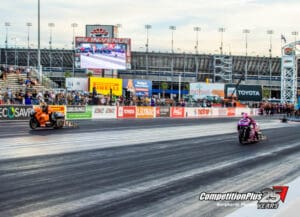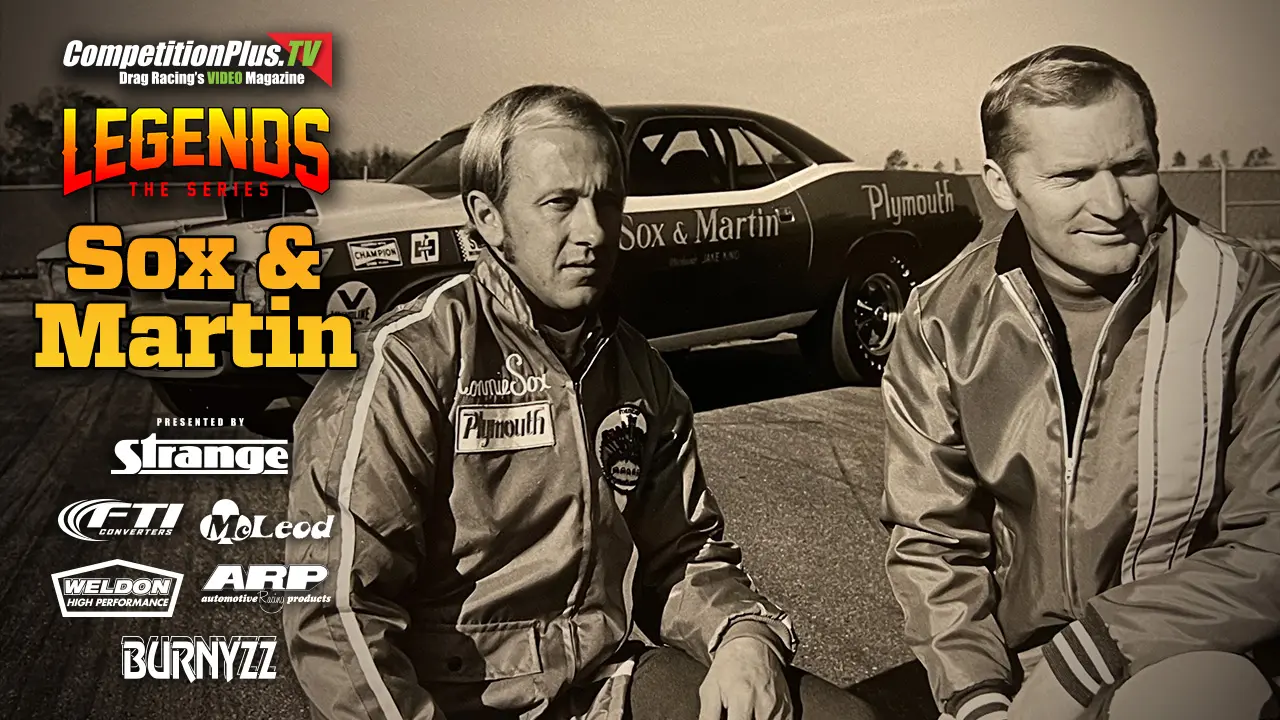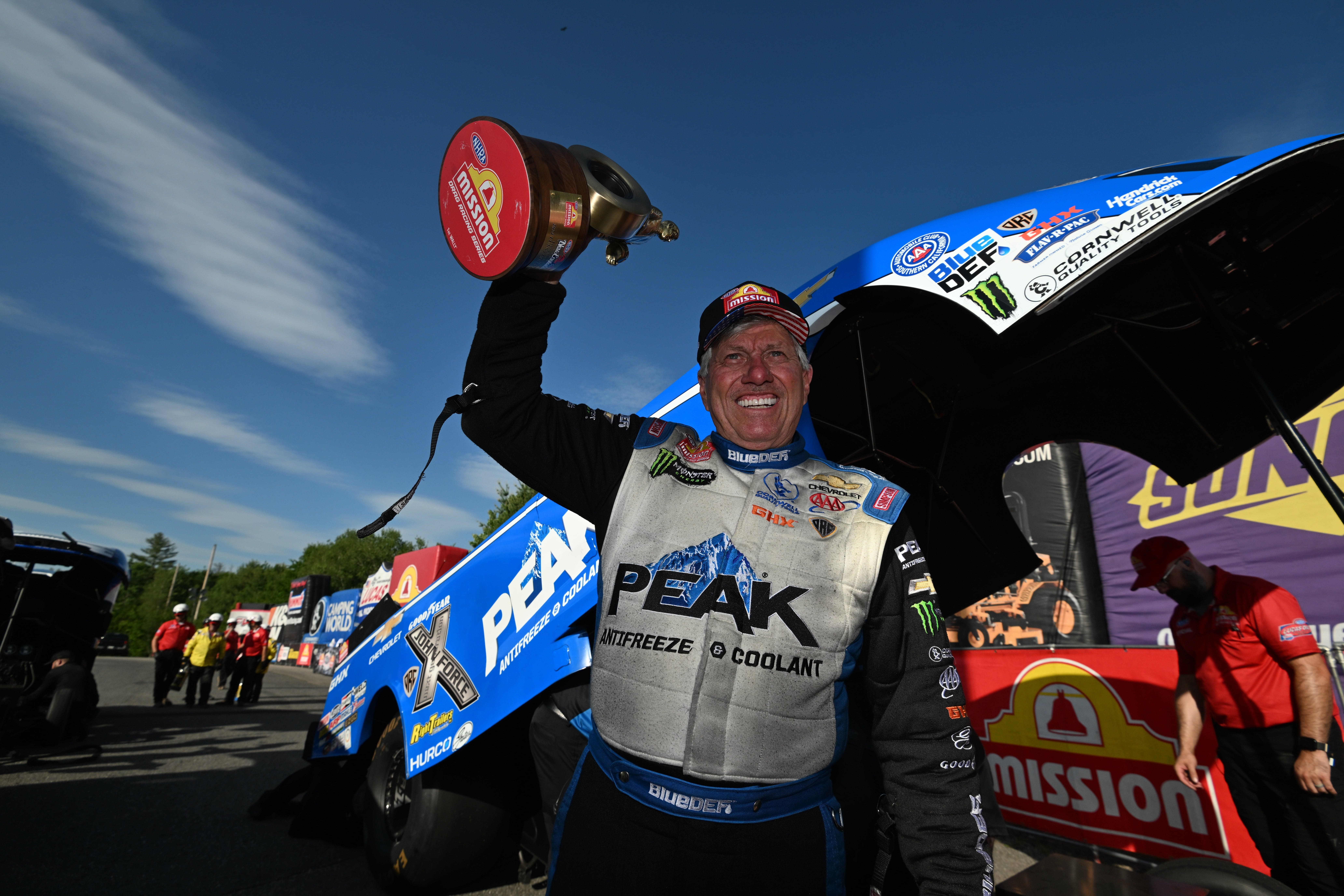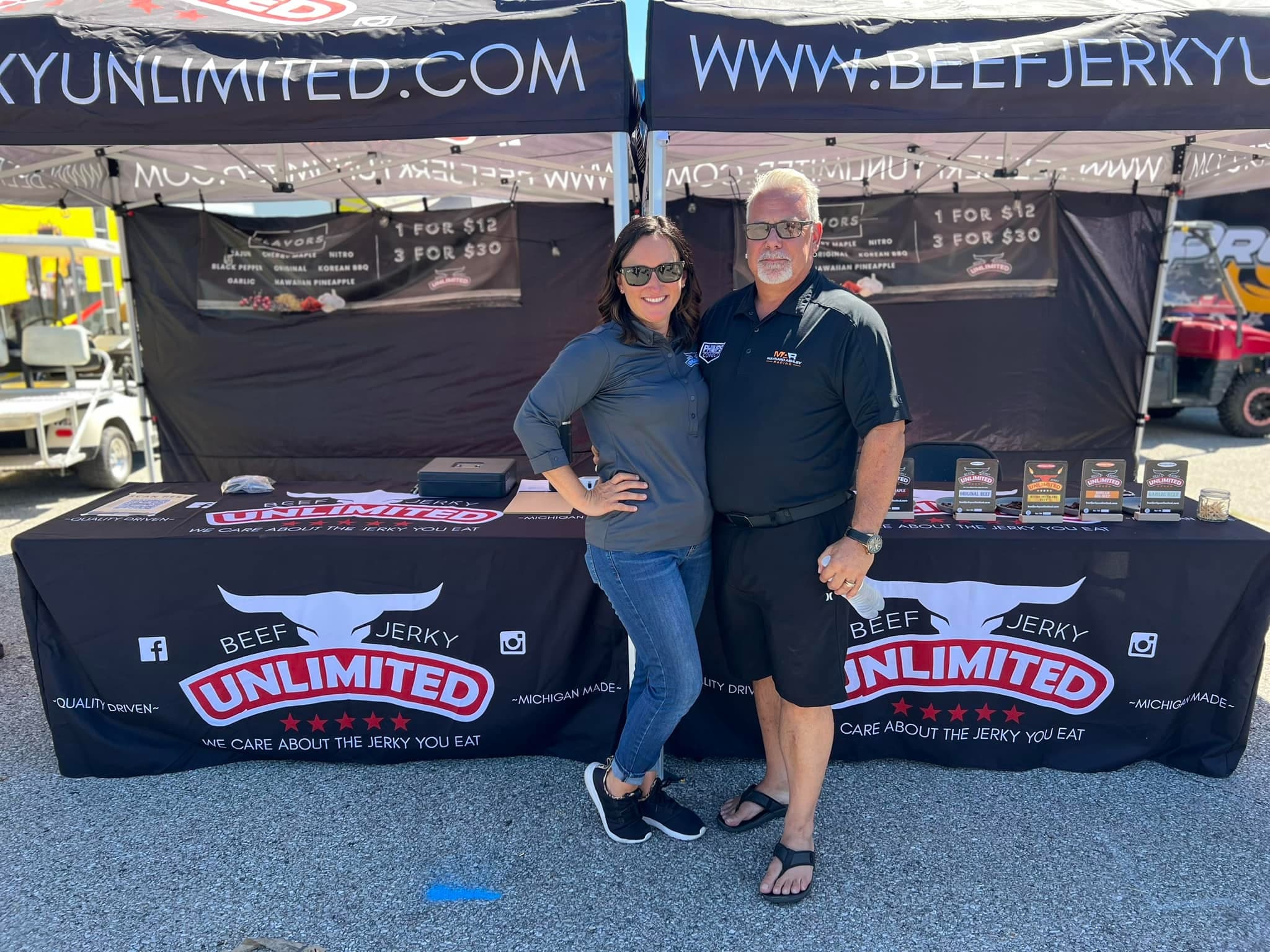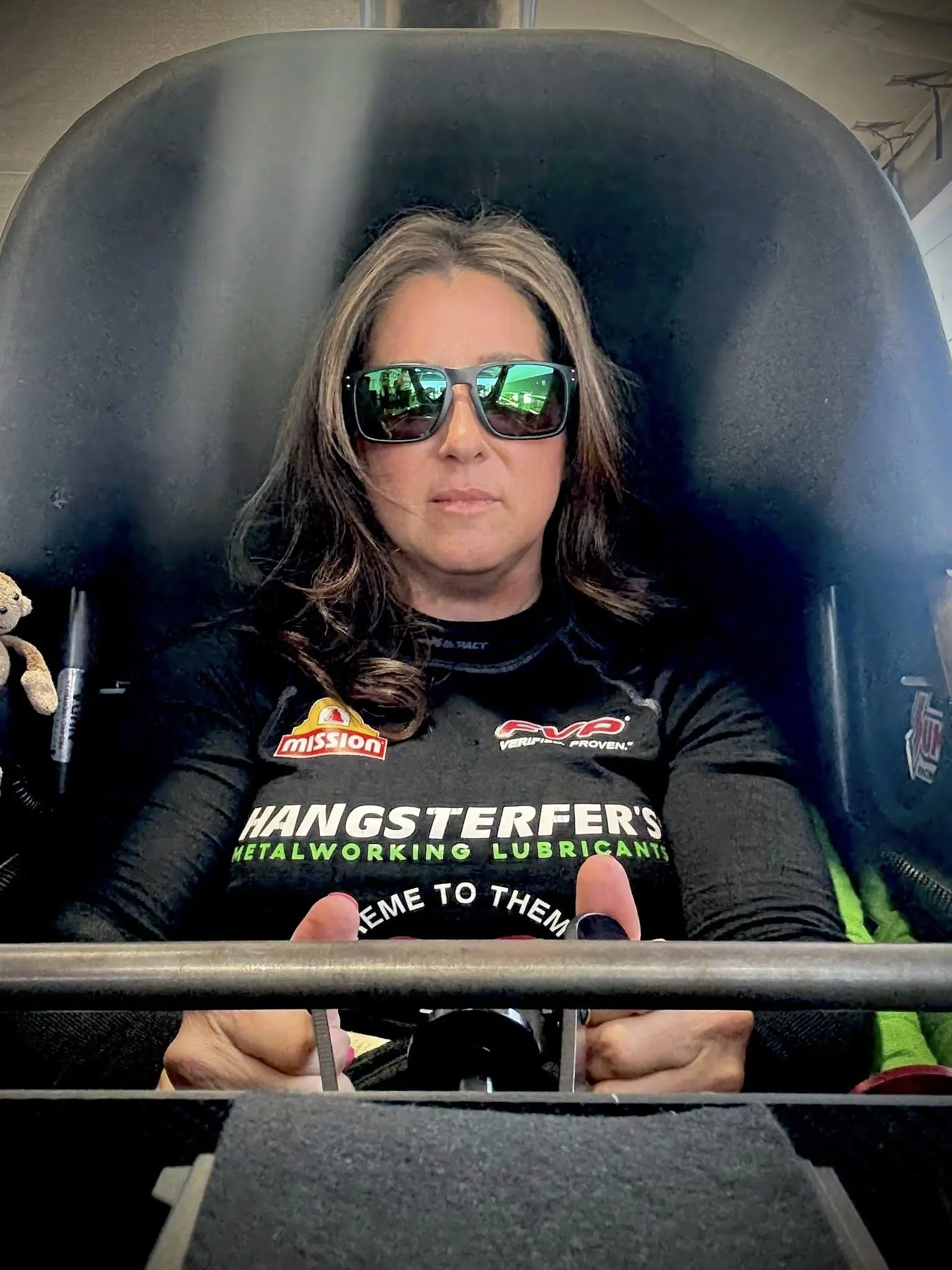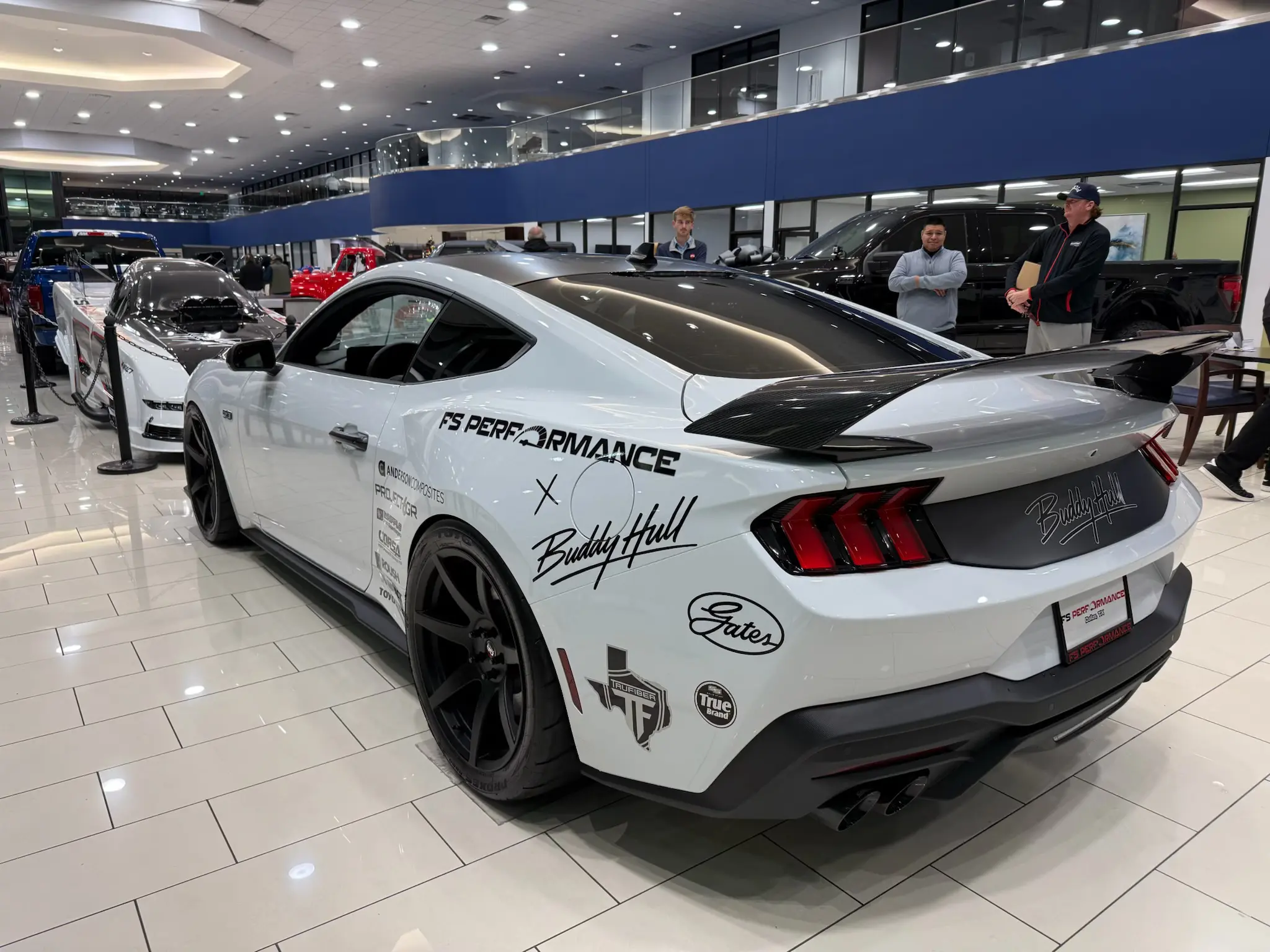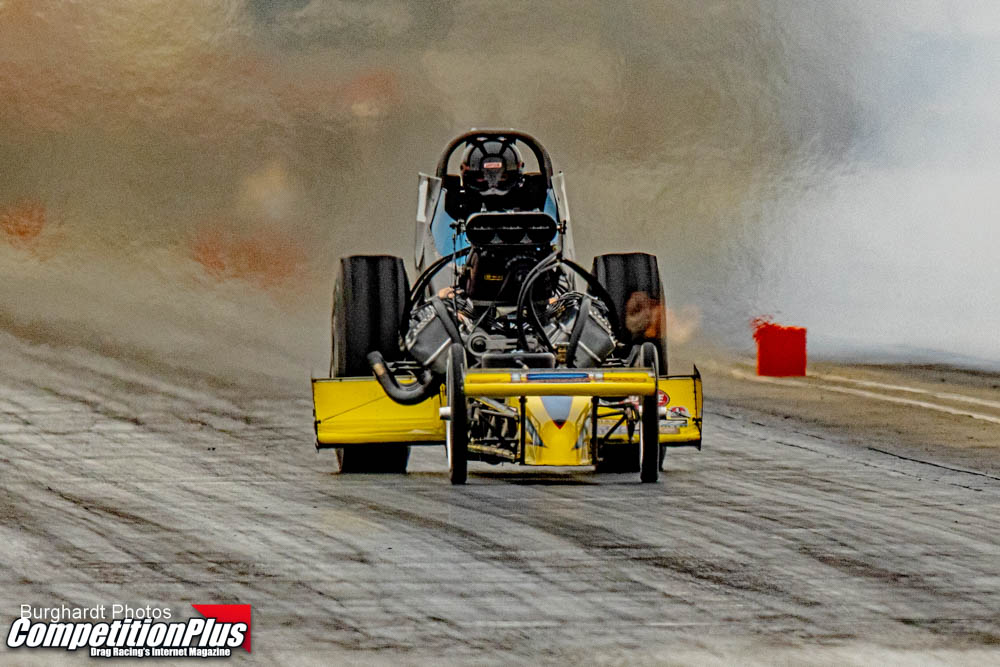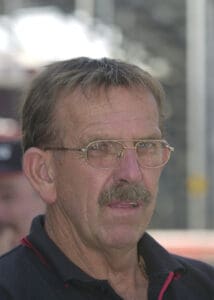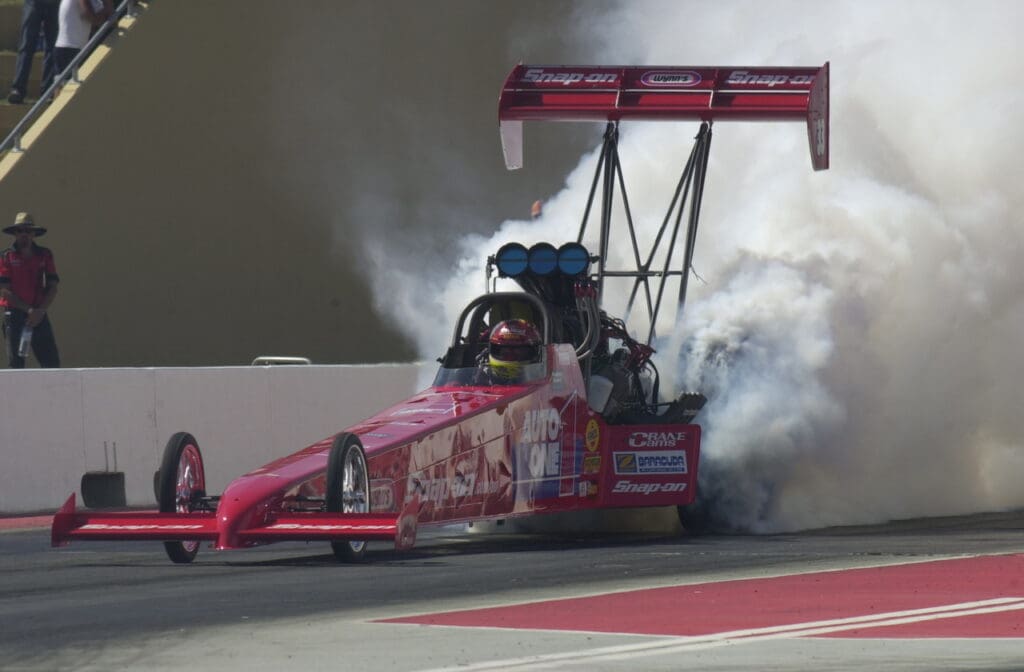
At an age when many of his peers are content to watch on from the comfort of an armchair, Jim Read’s passion, zeal and commitment to drag racing still burns brightly for the Aussie legend at the age of 81.
There are very few identities in Australia with such an intimate knowledge and understanding of drag racing as Jim Read.
A winner of 21 Top Fuel championships, as a driver and team owner, and the driving force behind the establishment of Sydney Dragway, Read is a towering figure in the history of Australian drag racing.
Not one to suffer fools gladly, Read is seen in some quarters as a polarizing figure in the tight-knit local drag community where alliances often fuelled by on and off-the-track rivalries are pivotal to the Machiavellian world of drag racing politics.
Jim Read Racing, with two-time champ son Phil behind the wheel and sibling Bruce as crew chief, is the longest-running team in Australian Top Fuel and currently leads the 2024-2025 NDRC championship.
The Read dynasty is set to continue with grandsons Adam and Curtis forging careers within the team.
Read recently sat down with Competition Plus Australia correspondent John Doig to talk about the state of drag racing in Australia and where the sport may be heading in the future.
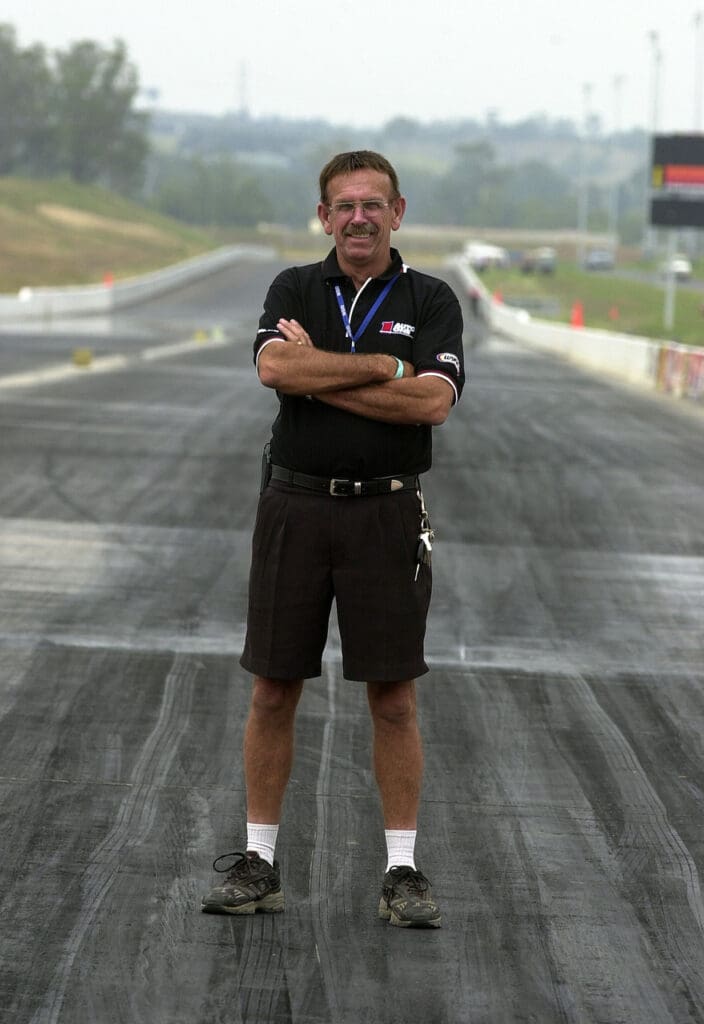
CP – Jim, you’ve been involved in drag racing since 1965 and have witnessed the ups and downs of the sport. Where do you see drag racing in 2025?
JR – Let me start by saying we have a brilliant TV product thanks to the efforts of Nathan Prendergast and Andy Lopes efforts, which has been a massive bonus for the sport. On the downside, nothing is happening to increase the number of Nitro cars. We need more major sponsors prepared to come into the sport and take advantage of the free television package we can offer to bring Top Fuel back to where it was a couple of years ago. Another problem we have is the Australian dollar doesn’t buy a lot these days and that’s scaring some people off from getting involved. Covid-19 had a significant impact on the sport, and to their credit, the crowds have returned, but we need more quality competitors to maintain the momentum and grow the sport.
CP – Ten years ago, the sport had full and often oversubscribed fields. So, is money the secret to getting cars out of the sheds and back on the racetracks?
JR – Let me start by acknowledging that JRR has been getting sponsored by Hydraulink for the past five years, but 30 years ago, we were getting more money through cigarette sponsorship. We don’t have them around these days, but we need more major companies that want to get involved in drag racing. The sponsorship market in 2025 is incredibly competitive across Speedway and V8 Supercars, and not just in motorsport, but we are up against ball sports like Aussie Rules, Rugby league and cricket. At the moment, we are part-time amateurs when we go racing because we can’t afford more than six events a year. Every team relies on volunteer crewmembers to go racing. They have jobs and must organize rostered days off to fit in racing. It doesn’t cost them to come racing; the teams pay all their expenses like travel, accommodation and food, but we can’t afford to employ them to work on the cars.
These days, I don’t work at race meetings anymore, but at home and in the workshop, I’m very much hands-on.
If you go back to 1979, we had 13 Top Fuel cars in Australia. It was outstanding and then it quietened down after that and we had regular car counts of about six to eight.
The fuel costs for the transporter, accommodation and airfares as the teams chase the championship have grown astronomically.
CP – In Australia we have Top Fuel and also Nitro Funny cars. Could we run both Nitro categories as one?
JR – No. If that were to happen, I would walk away from the sport. But remember that Graeme Cowin brings his Nitro Funny cars to the events and he pays for it all himself.
You’ll find that doesn’t cost the tracks or the promoters a single cent. Cowin, who owns Rocket Industries, is a very shrewd businessman. He has a perfect setup with his Aeroflow Race team and I wish somebody like him were around for Top Fuel.
CP – In your career that began in 1972 and also included a stint on the NHRA circuit and a death-defying crash at Willowbank in 1990, what stands out in your memory?
JR – There have been quite a few. We went to the NHRA Winternationals at Pomona in 1982 and top qualified. At the end of the meeting, Wally Parks came up to me and said, ‘Stay on, Jim. We want an Aussie racing here’. But I couldn’t. It would have meant being away from my kids for too long. Another event that stands out in my mind was the 1995 Australian Nationals at Calder Park in Melbourne, when 50,000 turned up.
The opening of Sydney Dragway in 2004, after years of struggle, is another highlight.
CP. You’re a regular visitor to America to catch up with people in the NHRA, but the sport has had its moments where they have struggled with car counts and escalating costs of racing. What’s your take on what we can learn in Australia from the state of American drag racing?
.
JR – It’s all part of what’s happening worldwide regarding costs, particularly since COVID. Everything goes up nothing ever comes down in cost. To give you an example the cost of a crankshaft then cost $3,700 in Aussie dollars, today it costs – by the time you get it here in Australia – over $10,000, a block is worth $14,000. The cost of what you pay to go racing keeps going up and up.
I don’t know what the answer is. We are out there to put on a show, so you see teams out there for every run. We go out and do three qualifying runs, return the next day and do three races. If you can’t do that, then go home. To do that number of runs over a weekend costs a fortune. Spectators need to be entertained and get value for their money. We’re based in Sydney and when we go to Perth, on the other side of the country, it costs us more than $30,000. What you need to sustain that commitment is outside financial assistance.
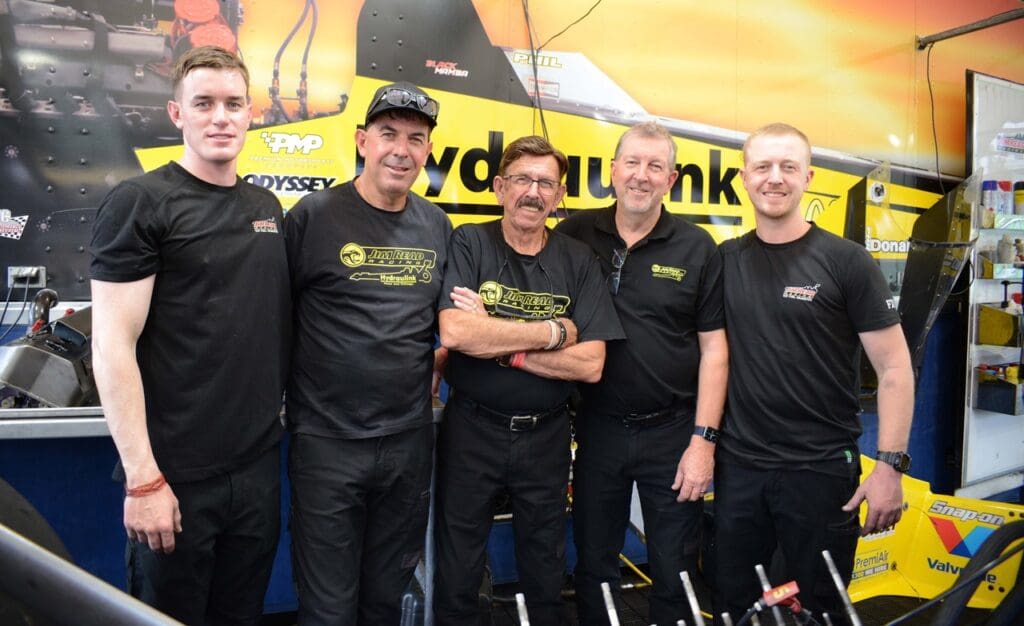
CP – It’s a financial Catch-22. Promoters need to get a return and the tracks also need to make a profit on their investment as well.
JR – If the tracks don’t make money, we have nowhere to race. You can’t go to the tracks and say well, you should be paying us more to race. It’s up to the teams to find ways to get more money from sponsors and attract new sponsors. It’s not like the old days and I can’t see it getting any better. Should there be more events? Teams rely heavily on volunteer crewmembers. The tracks also need officials who volunteer their time.
CP – Where do you see Aussie drag racing in 2035?
JR – One thing is you’re going to see all of the older guys who are currently team owners and crewmembers won’t want to be running around the countryside working on cars in 10 years time. We need to get more people coming into the sport to take over from the current generation. The sport will need a marketing company to see the possibilities and to come up with an agenda or vision to not just maintain the status quo but to accept the challenge of getting the sport back on the Australian motorsport landscape.
CP – Drag racing in Australia is unique in that we don’t run a calendar-year program. Instead, we race from October 2024 to June 2025, much to the confusion of sponsors looking to get involved. Once upon a time, the sport dabbled with a calendar year schedule from January to December, but it was dumped.
JR – I grew up in an era where, over summer, we raced every second weekend in January and February. That’s what built the sport back in the 60s to the 90s. It doesn’t happen anymore. The sport should try and put on some one-day shows. A one-day Saturday night meeting would pack the house out. All it takes is to try it one time. It would be a runaway success and a massive financial saving for the teams by cutting in half the number of runs they need to do on the traditional qualify on day one, then race the next day format that exists today.
Drag racing is the most exciting form of motorsport, but it needs to keep pace and not be afraid of change.
